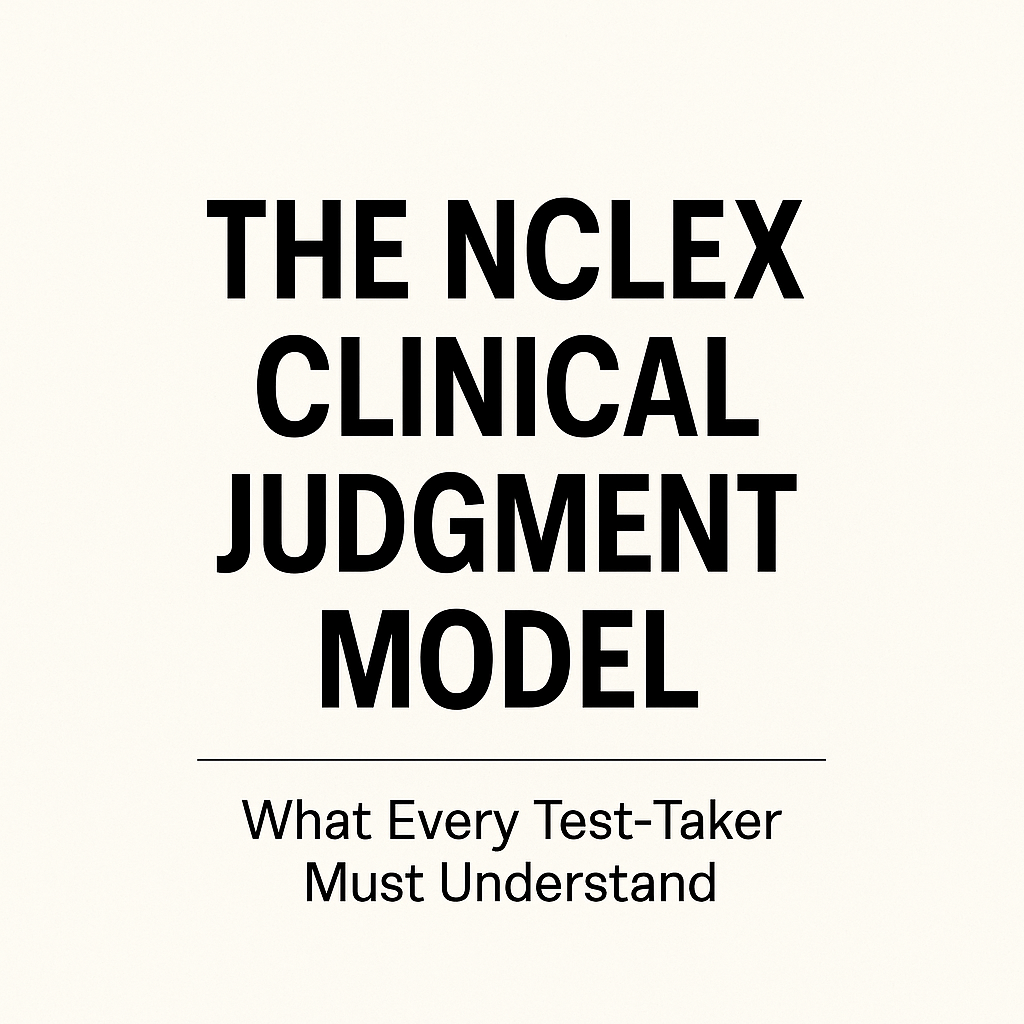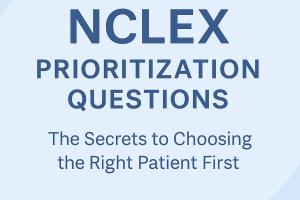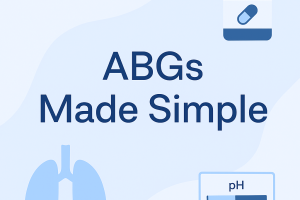The NCLEX Clinical Judgment Model: What Every Test-Taker Must Understand

The new NCLEX isn’t just about what you know—it’s about how you think. With the introduction of Next Generation NCLEX (NGN), the Clinical Judgment Measurement Model (CJMM) has taken center stage. But what exactly is it? And how can mastering it help you pass the exam?
Let’s break it down.
What Is the Clinical Judgment Measurement Model (CJMM)?
Developed by the National Council of State Boards of Nursing (NCSBN), the CJMM is a framework that mirrors the decision-making process nurses use in real clinical settings. It’s designed to assess how well you can recognize cues, analyze data, make decisions, and evaluate outcomes—just like a nurse in practice.
The 6 Layers of Clinical Judgment
- Recognize Cues
What information is important?
Example: Vital signs, lab results, patient statements. - Analyze Cues
What do those cues mean together?
Example: Confusion + low sodium = possible hyponatremia. - Prioritize Hypotheses
What’s the most likely and most urgent problem? - Generate Solutions
What can the nurse do about it? - Take Action
Implement the best solution based on nursing scope. - Evaluate Outcomes
Did it work? What needs to be done next?
Why the CJMM Matters on the NCLEX
The NGN now includes case-based scenarios that mimic real-life patient care. These questions:
- Require multiple layers of thinking.
- May involve bowtie, matrix, and drop-down question formats.
- Often test multiple steps of clinical reasoning in one case.
Sample Clinical Judgment Scenario
Case:
You are caring for a 70-year-old patient with COPD who is short of breath and has an oxygen sat of 88%.
CJMM Application:
- Recognize Cues: SOB, O2 sat 88%, history of COPD
- Analyze Cues: COPD + hypoxia = impaired gas exchange
- Prioritize Hypothesis: Respiratory distress is urgent
- Generate Solutions: Raise HOB, administer oxygen
- Take Action: Apply nasal cannula, monitor vitals
- Evaluate Outcome: O2 sat rises to 92%, patient breathes easier
How to Practice for CJMM-Based Questions
- Use NGN-style NCLEX prep platforms that simulate case studies
- Practice breaking down patient scenarios using the 6 steps
- Don’t just memorize facts—connect symptoms to actions
- Work through rationales carefully after each question
Tips to Train Your Clinical Judgment Muscles
- Study real-life patient examples, not just definitions.
- Think in terms of problem → action → outcome.
- Journal your thought process during practice tests to see patterns.
Final Thoughts
The CJMM isn’t a trick—it’s a tool that helps you think like a nurse. The NCLEX wants to know: can you make the right call when it counts?
Understanding and applying clinical judgment is no longer optional—it’s essential.






